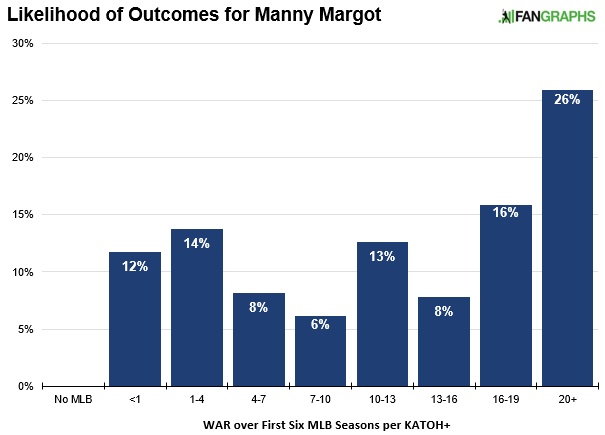Yesterday, following a league investigation into claims that the Padres withheld pertinent medical information from other teams with whom they were discussing trades, MLB suspended Padres GM A.J. Preller for 30 days. The Padres admit that they screwed up and vow to change their “medical administration and record keeping,” but in their statement about the suspension, claim to have done so unintentionally.
Obviously, as outsiders without knowledge of what the league found in their investigation, we can’t make any definitive claims about what is true and what isn’t, but the idea that the Padres accidentally kept two sets of medical records — one for their internal use and one to be fed into the centralized league database — is absurd. You don’t unintentionally create more work for your medical staff without knowing exactly why you’re doing so, and it’s not like everyone in the Padres organization hasn’t previously worked with other organizations; they all knew the standard protocol for reporting health information in trade discussions, and they knew this wasn’t how everyone else does things. The idea that this was an accident, and that no one in the organization realized what the team was doing, is laughably unbelievable absent a compelling explanation, which the Padres did not provide.
As best as we can tell, the Padres lied (by omitting pertinent information) to other teams about the health of their players in order to try and complete trades and secure returns that they might not be able to otherwise if the full scale of medical information was disclosed. And it worked. They made the Andrew Cashner deal with the Marlins by also including Colin Rea, a young starter the Marlins thought they were getting to bolster their rotation; when it turned out that Rea got to Miami and admitted that his elbow hurt and had been hurting for some time, the Marlins went nuts and the Padres had to agree to rework the deal, taking Rea back and sending one of the prospects they got in the deal back to Miami.
Unlike the Rodney/Rea deal, the Red Sox didn’t force the Padres to rework the Drew Pomeranz/Anderson Espinoza swap, but it is fair to wonder if they would have surrendered their top pitching prospect had they known that Pomeranz had been taking anti-inflammatory medications at the time of the deal. We’ll never know, of course, but it’s at least reasonable to think that the Padres believed there was some benefit to their trade discussions by withholding that information from the Red Sox, or else they wouldn’t have bothered to omit that information in the first place.
Read the rest of this entry »


